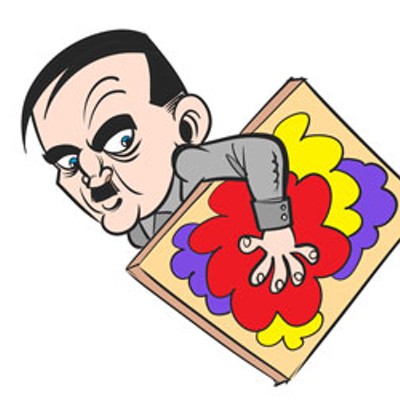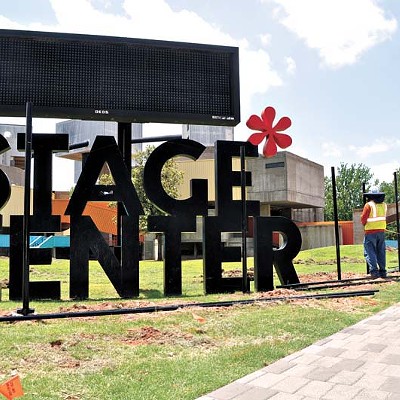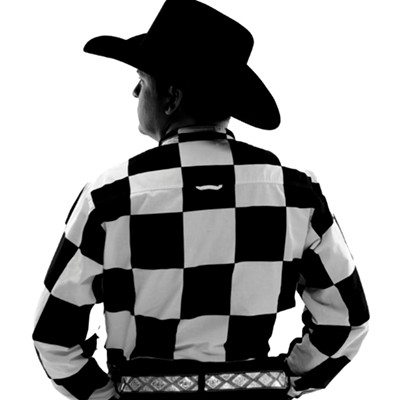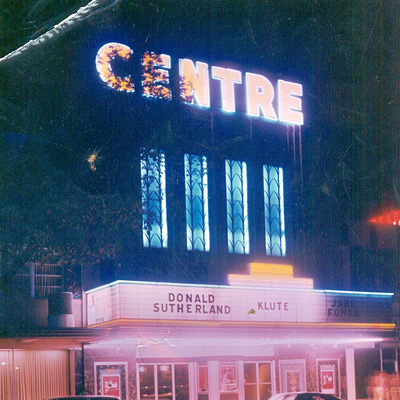“A Film Unfinished,” screening Friday and Saturday at the Oklahoma City Museum of Art, starkly illustrates both the duplicity and unflinching honesty of cinema. The harrowing documentary has a more urgent purpose, however, as it details the evil of the Holocaust.
At its center is an unfinished work of Nazi propaganda chronicling life in the Warsaw Ghetto. Shot in May 1942, the footage remains something of a mystery. It was discovered in an underground vault after World War II, and its seemingly disparate episodes appear to tell different versions of truth. The Nazi filmmakers stage a number of scenes of luxurious living to disguise the reality, in which nearly half a million Jews were forced into a three-square-mile slum and essentially left to die of starvation and typhus.
At other times, however, the horrific truth is front and center: grossly malnourished people; ramshackle buildings dissolving in hills of feces and refuse; skeletal corpses littering sidewalks. “A Film Unfinished” is a brutal glimpse into what European Jews faced even before their slaughter in Hitler’s concentration camps.
Director Yael Hersonski juxtaposes episodes from the incomplete work with accounts taken from the diary of Adam Czerniaków, who led the Jewish council that ostensibly governed the ghetto. The emerging picture is beyond haunting, as Czerniaków’s written words provide context to the farcical scenes staged by the Nazis for the camera’s benefit.
Equally effective are the recollections of Warsaw Ghetto survivors as they watch the flickering images of the nightmare they lived. These eyewitnesses are also a jarring reminder that the twisted evil of the Nazis existed not so long ago. That fact remains nearly unfathomable — no matter how many movies and books depict the Holocaust.











